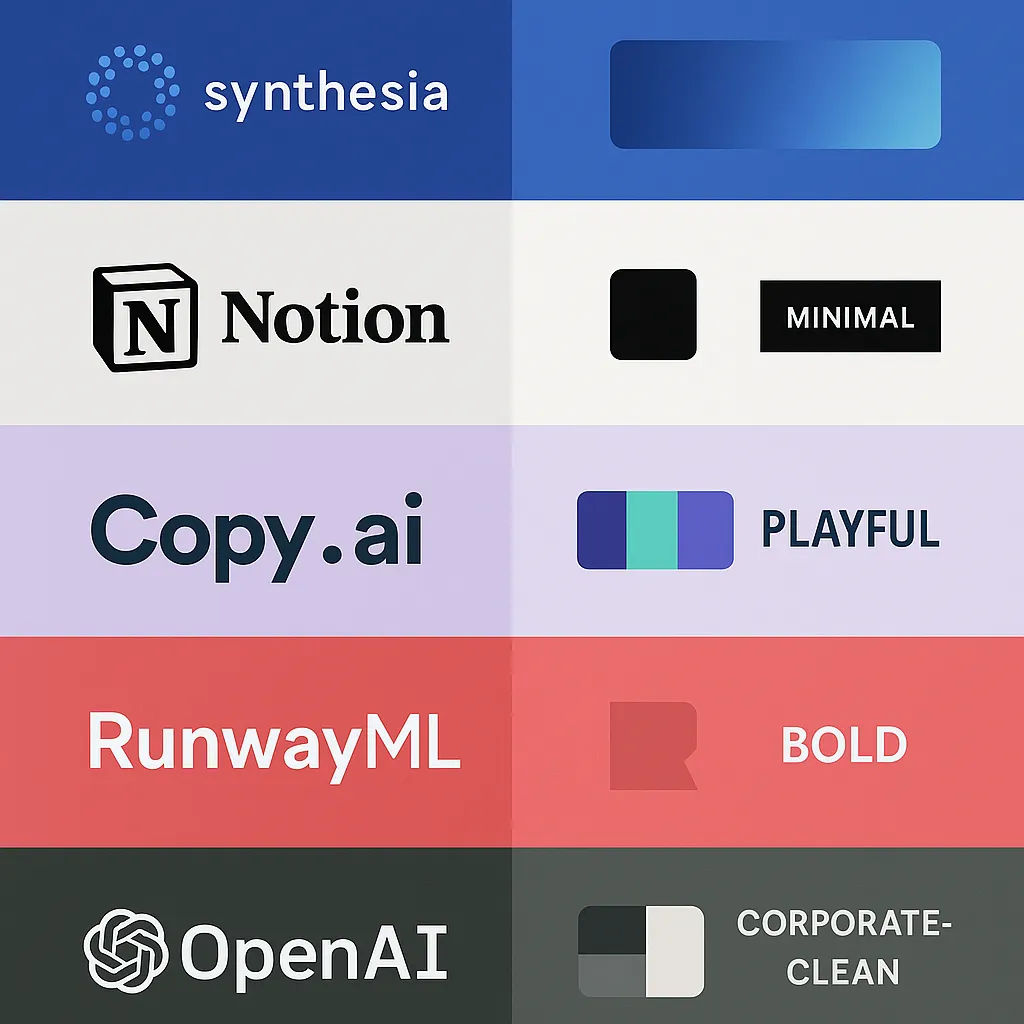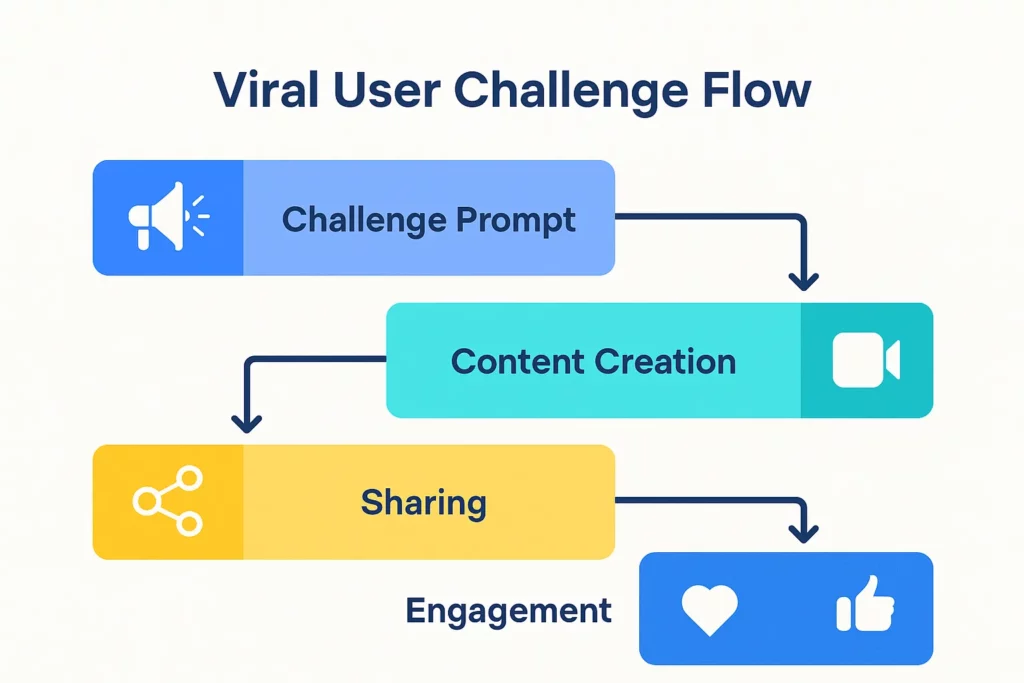You’ve just launched your multimodal AI platform—cue the confetti cannons and a bottle of virtual champagne! But here’s the thing: the party’s just started. Launch day isn’t the finish line; it’s the green light for the marathon ahead. And in the buzzing world of AI, staying visible is the name of the game.
Remember that time when a friend built an amazing app, only for it to fizzle out because no one knew it existed? Exactly. That’s the nightmare we’re trying to dodge here. With generative AI, voice recognition, computer vision, and other next-gen capabilities bundled into one platform, you’ve got tech magic on your hands. But how do you make it trend on Twitter and go viral on TikTok?
Marketing a multimodal AI platform isn’t just about throwing ad dollars at Facebook. It’s about crafting a story, targeting the right audiences, and building credibility in a market where users are both excited and skeptical. At Miracuves, we’ve helped shape the growth journeys of powerful digital products—and we’re spilling the secrets in this guide.
Why Multimodal AI Needs a Special Marketing Playbook
Multimodal AI isn’t your average SaaS product—it’s a layered experience. It can analyze video, audio, text, and images all at once. That’s a lot to communicate in a 15-second Reel, right?
Standout Complexity Needs Clear Messaging
Your first challenge is making the tech digestible. You can’t just shout “Now with NLP and visual intelligence!” and expect applause. Speak benefits. Show users how your AI reduces time, cuts costs, or improves creativity.
Build Trust with Education
This isn’t a candy bar. Buyers want to know your AI isn’t making biased decisions or misinterpreting inputs. Host webinars, drop explainer videos, and publish digestible tech whitepapers. Think OpenAI meets Netflix.
Craft a Killer Brand Identity
Storytelling Beats Specs
“AI-powered” is becoming white noise. Position your platform as the creator’s supertool, the brand’s secret weapon, or the startup co-founder they always needed. Use metaphor-driven narratives, customer personas, and real-life analogies.
Define a Visual Language
Consistency is underrated. Whether it’s neon-glitchy like Synthesia or minimal like Notion, pick a style and stick to it. This enhances memorability—especially important for early adopters who may not be tech-savvy.

Master Multichannel Distribution
Go Where Your Users Scroll
Founders? LinkedIn. Creators? Instagram. Developers? X (formerly Twitter) and GitHub. Choose 2–3 core platforms and go deep instead of spraying content everywhere.
Content Types That Convert
- Shorts and Reels: Show before-and-after use cases
- Email Drip Series: Teach and tease new capabilities
- Interactive Demos: Let them test drive the AI
Leverage Community, Not Just Ads
Build a Cult, Not Just a Customer Base
Let early adopters shape the roadmap. Feature their feedback in your content. Create a Slack group, subreddit, or Discord server. People love tools that love them back.
Launch Challenges or Contests
Get creators to remix content using your AI tools. Offer prizes. Get shareable assets. Repeat.

Nail Thought Leadership & Strategic Partnerships
Be the Expert, Not Just the Seller
Start a blog series. Host Twitter Spaces. Pitch guest articles to TechCrunch or Wired. Your AI should feel less like a black box and more like a transparent co-pilot.
Partner With Complementary Brands
Align with video editors, transcription tools, or newsletter platforms. Co-market. Bundle features. Grow faster together.
Don’t Just Market—Monetize Strategically
Freemium With a Twist
Offer smart limits—enough to create addiction, but just enough pain to push upgrades.
Gamify Your Experience
Use credits, unlocks, or level-ups. Multimodal platforms lend themselves well to creative rewards systems.

Track, Iterate, Evolve
Use Attribution & Feedback Loops
Whether it’s Amplitude, Mixpanel, or Hotjar—watch what users do (not just what they say). Feed these insights back into product and marketing updates.
Split Test Like a Mad Scientist
CTA buttons, landing page headlines, onboarding flows—test everything. Your best messaging will come from real data, not brainstorming sessions.
Conclusion & Final Thoughts
Launching your multimodal AI platform is a huge milestone—but what comes after is what really sets you apart. Marketing in this space is part art, part science, and all about connection.
Emerging trends like emotion recognition, 3D modeling, and multimodal avatars are reshaping user expectations. Be ready to ride those waves.
At Miracuves, we help innovators launch high-performance app clones that are fast, scalable, and monetization-ready. Ready to turn your idea into reality? Let’s build together.
FAQs
1. What is a multimodal AI platform?
A multimodal AI platform combines multiple data types (like text, audio, video, images) to provide more contextual, intelligent outputs.
2. How do I promote my AI platform on a budget?
Start with organic content—social media, influencer partnerships, and community building. Focus on education and product-led growth.
3. Should I hire a marketing agency?
Not necessarily. Many early-stage AI startups grow with lean, in-house teams. If you do hire, choose one that understands AI, not just SEO.
4. How important is visual branding for AI tools?
Hugely important. Visual consistency makes you memorable, especially when you’re introducing complex technology to mainstream users.







